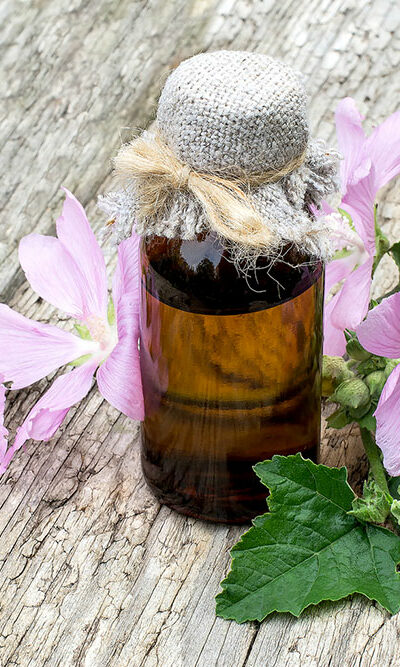
Top Foods for Asthma Patients
Diet plays an important role in asthma treatment. The food to have listed here are those that are good for those suffering from asthma. These items do not cause any allergic reaction and can help provide relief from asthma symptoms. Diet has an important role to play in the management of asthma. Certain foods can trigger an asthma attack and need to be avoided. While there are foods that can be safely consumed by asthma patients which even might help improve their condition, foods triggering an attack must be avoided. A balanced diet ensures the body gets sufficient nutrients. It helps to improve immunity and overall health. Herein, we duscuss the best foods that can be consumed for dealing with asthma. Vitamin D Vitamin D is helpful, especially in children and can help reduce asthma attack incidents. Salmon, milk, eggs, and citrus fruits are rich in Vitamin D. However, those allergic to milk and eggs should avoid them. Basking in the sunlight also helps get Vitamin D. Vitamin A Vitamin A has a role to play in improving the function of the lungs. Foods that are rich in Vitamin A include carrots, broccoli, all leafy green vegetables, sweet potatoes, papayas, and mangoes. Carrots, in particular, have beta-carotene that is believed to help reduce asthma attacks brought about by exercise. Magnesium Children need to have sufficient magnesium levels to develop their lung function. Foods rich in magnesium include salmon, nuts, seeds, peas, asparagus, bananas, figs, and kale. Again, caution needs to be exercised, as some of these foods may cause allergies in some people. Foods causing allergies need to be identified and avoided. Fruits and Vegetables Most fruits and vegetables can be safely consumed by asthma patients. They provide excellent nutrients and help in improving general immunity. Bananas, for instance, contain potassium that can improve lung function.










